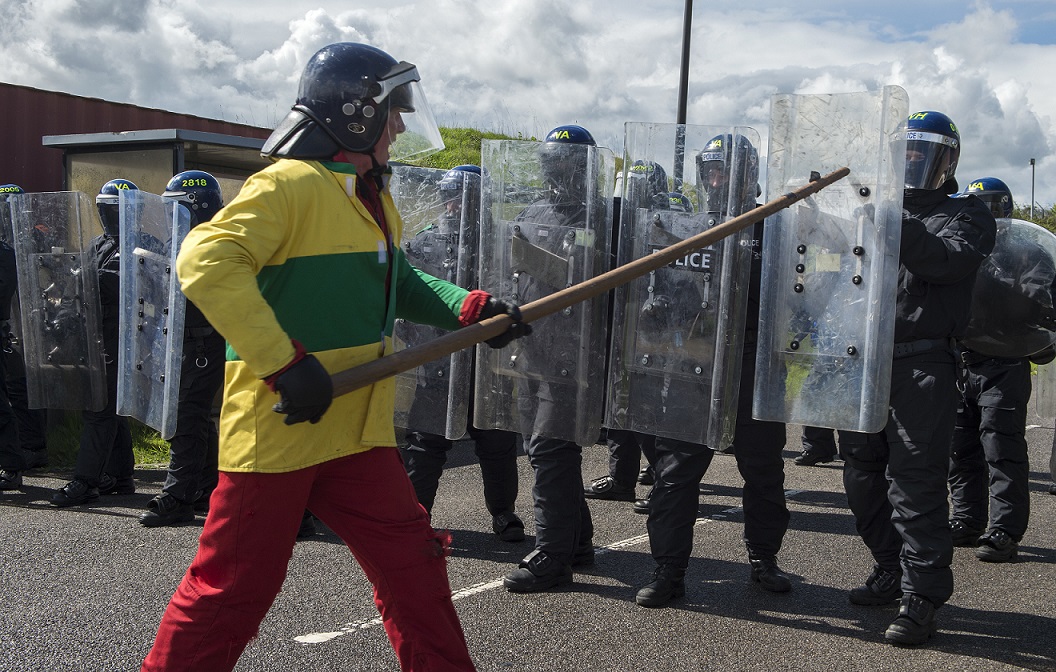
This post is also available in:
 עברית (Hebrew)
עברית (Hebrew)
A new non-lethal technology could be also used for lethal applications. The U.S. Marine Corps is developing a laser crowd control device which can neutralize huge crowds from thousands of feet away and can be turned up to deafen, dazzle or even kill. The Scalable Compact Ultra-short Pulse Laser System (SCUPLS) will be placed on trucks and tanks. A prototype for the laser will be built as early as next year.
According to official Government documents, the project’s goal is to “Develop a lightweight and energy efficient next-generation Ultra-Short Pulse Laser (USPL) system that can produce sustainable and controllable plasma at range capable of inducing a full spectrum of scalable non-lethal effects.”
How will it work? The laser creates a small ball of plasma fired from long-range which can be used to create “enhanced non-lethal effects such as flash bang effects, thermal ablation for pain, and delivery of intelligible voice commands at range”.
According to express.co.uk, SCUPLS will initially be used for non-lethal purposes, but it may be developed in the future to kill, as the document says: “Advancement of possible full spectrum of effects capabilities from non-lethal to lethal, along with added Command, Control, Communications, Computers, Intelligence, Surveillance, and Reconnaissance system capabilities.”
On the lowest setting, the laser will produce a voice message which can be heard from up to a thousand meters away.
The strategy for the weapon is detailed in the document: “It has direct application to many other US Government agencies as well as civilian law enforcement. “The Department of Homeland Security, Department of State, Department of Justice, the Secret Service, and Customs and Border Protection also desire this full spectrum of effects capability.
“The ability to non-lethally interdict a threatening person or persons has utility in many security and crowd control applications to include several municipal applications.”
























